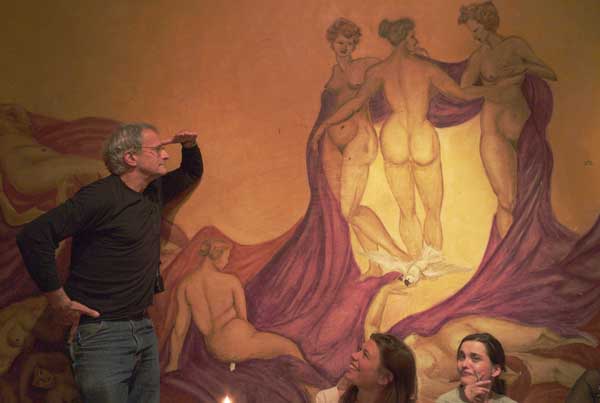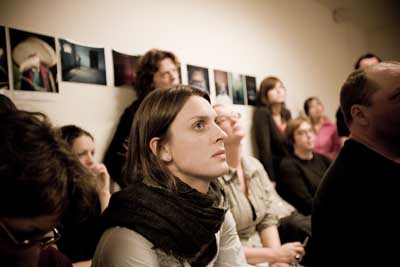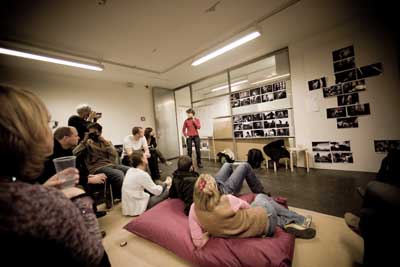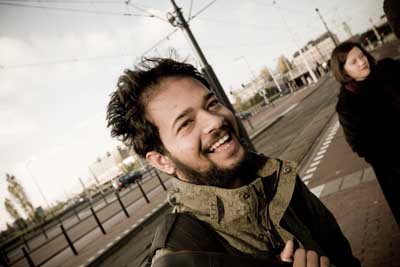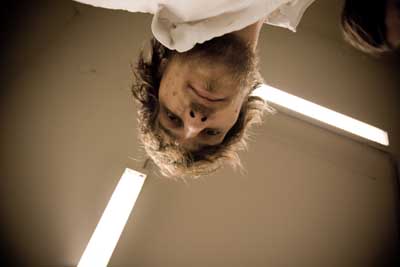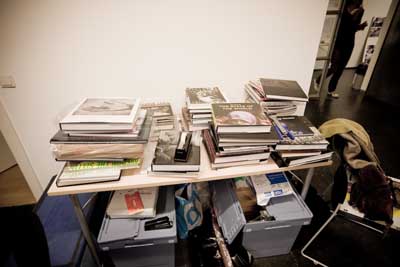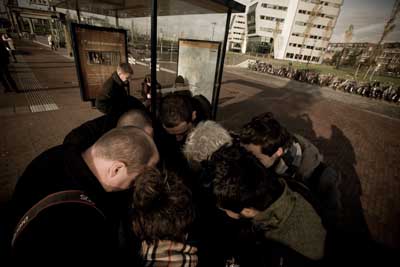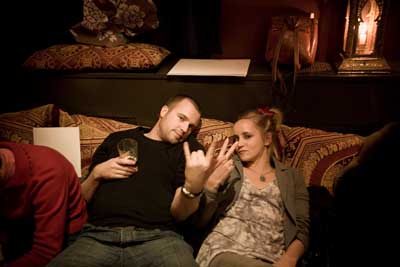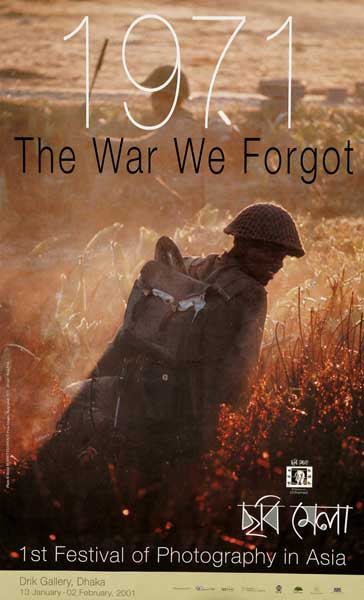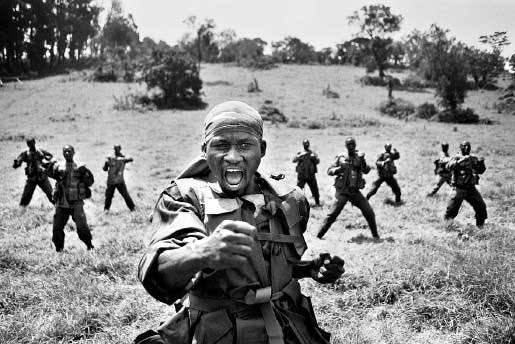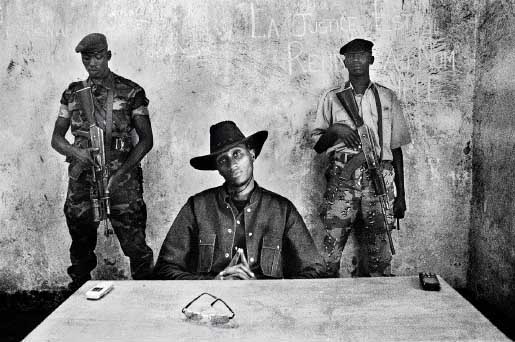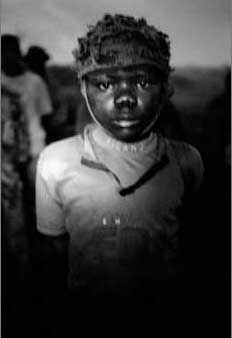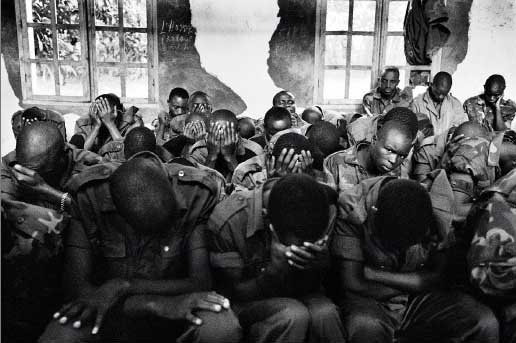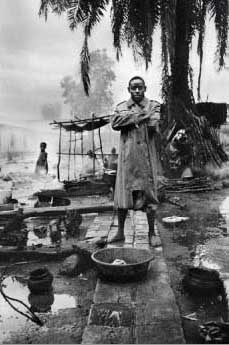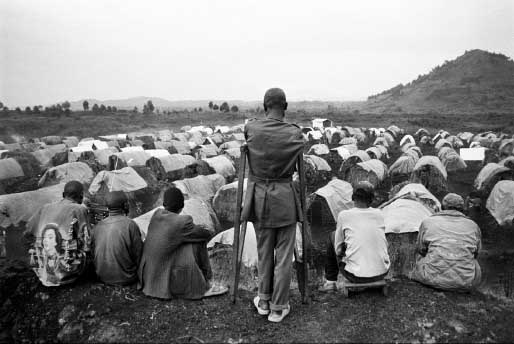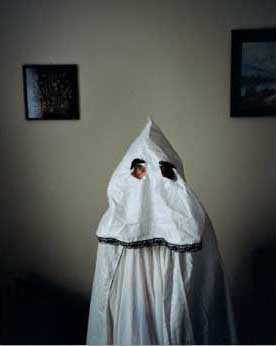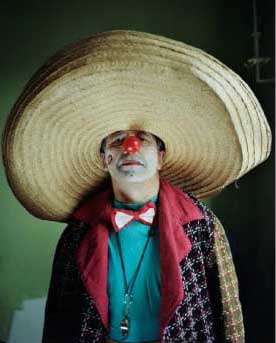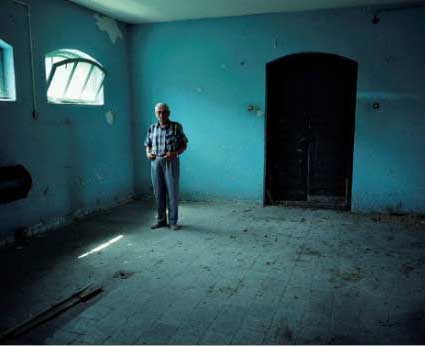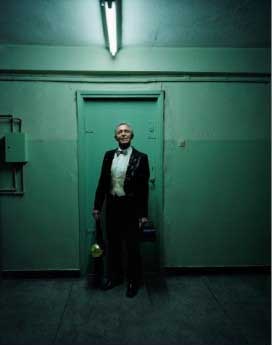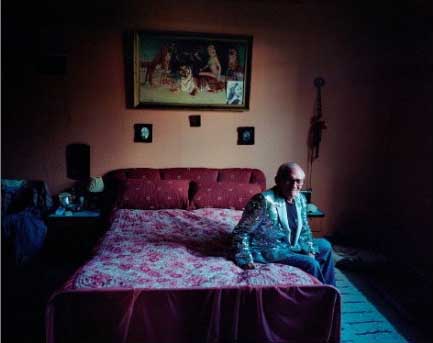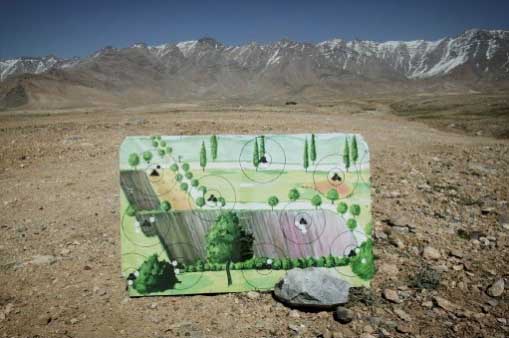Subscribe to ShahidulNews
![]()
JANUARY 19, 2011, 10:03 AM IST
Festival Puts Bangladesh on Photography Map
By Margherita Stancati
When one of Asia?s largest photography festivals, Chobi Mela, kicks off on Friday, it is expected to draw photographers from over 30 countries to a show that has turned an unlikely destination into an important stop on the international photography circuit over the last decade.
Photographers, many of whom are photojournalists, will be showcasing their work in multiple venues ? including on mobile rickshaw vans ? across Bangladesh?s capital city Dhaka for this year?s edition of the two-week festival.
Chobi Mela founder and director Shahidul Alam said the original idea behind the festival was to provide a platform for South Asian photographers to display their work and to connect with a global audience.
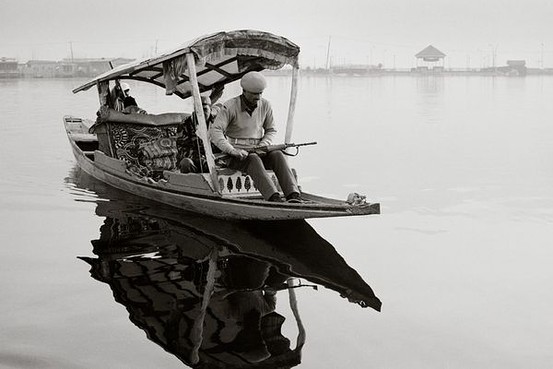
Mr. Alam said the festival is also about challenging the prevailing narrative on the history of photography, which he criticizes as heavily ?eurocentric.? Despite South Asia?s long-standing and vibrant photography scene, Mr. Alam said, ?It looks as though photography practice only happened in the West.?
Since it first started in 2000, the festival has grown in scope and size attracting internationally-acclaimed photographers and drawing around 200,000 visitors in recent years, according to figures provided by festival organizers.
This year?s theme??Dreams??may seem an odd choice for a festival known for photojournalism, which often captures harsh realities. Mr. Alam says there is no contradiction, pointing to the social vision that photography can convey.
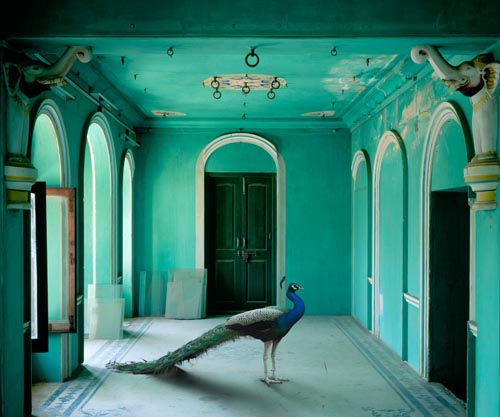
Many of the artists who will be displaying their work at Chobi Mela?such as Britain?s Joanna Petrie and Karen Knorr, who?ll be showing works from her India Song series?frame dreams as conceptual fantasies. Others, including Dhaka-based Sayed Asif Mahmud and Spain?s Aitor Lara, capture them more as impressions of reality.
Many emerging talents from South Asia will be showcasing their work at this year?s edition, the festival?s sixth, including Bangladesh?s Munem Wasif and India?s Amit Mehra.
But Mr. Alam said Chobi Mela is not just about displaying works of art ? it?s also about creating a forum for photographers to engage in critical debate on the social role of their work.
With that in mind, running parallel to the 29 print exhibitions are a series of talks that include a video conference with International Criminal Court Prosecutor Luis Moreno-Ocampo. He is likely to address the role of photography in influencing public opinion on war crimes such as those allegedly committed during Bangladesh?s war of independence in 1971. A tribunal to try war crimes was set up in Bangladesh last year.
The violent struggle that led to the country?s independence from Pakistan in 1971 has been a running theme at Chobi Mela ? and the focus of its first edition.
?Not only was it so central to our existence, but the who?s who of photojournalism were in Bangladesh at the time,? said Mr. Alam.
Among them were French photographer Raymond Depardon, British photojournalist Don McCullin and American photographers like Mary Ellen Mark, and David Burnett, whose more recent work on Iran will be on display in Dhaka this year.
If you can?t be in Dhaka this weekend, you can still see the works that will be exhibited there through live streaming. And after Chobi Mela ends, the show will tour South Asia. Dates haven?t been set yet, but it?s expected to reach India in the fall.
Slideshow: A preview of Bangladesh?s Photo Festival.

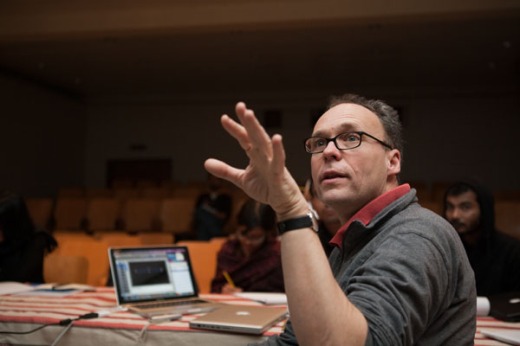
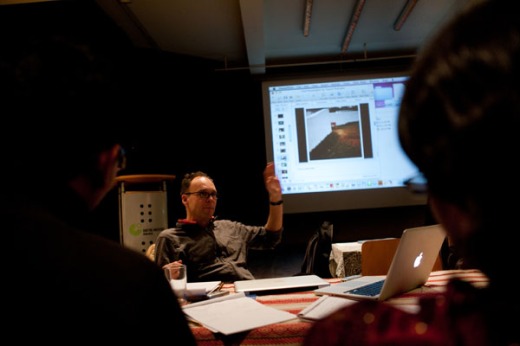
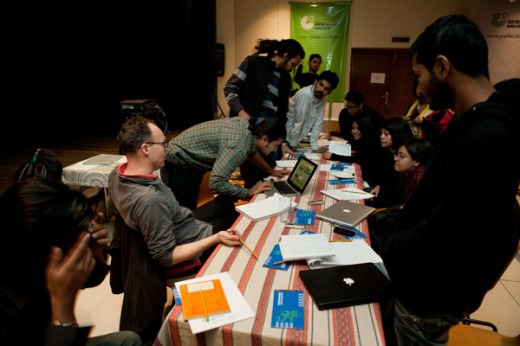




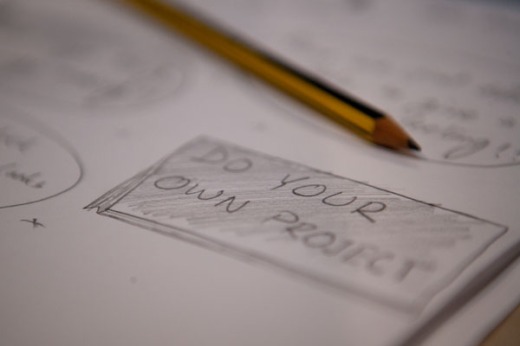
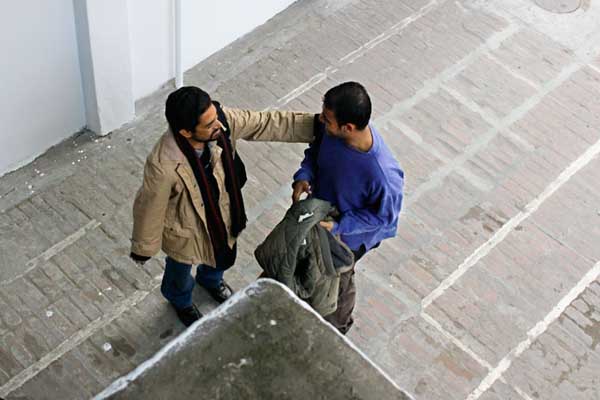
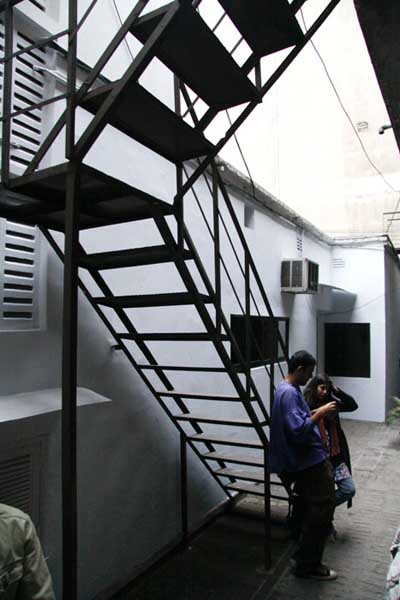
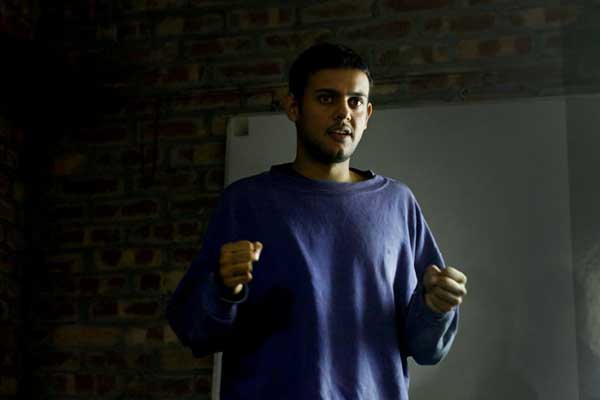
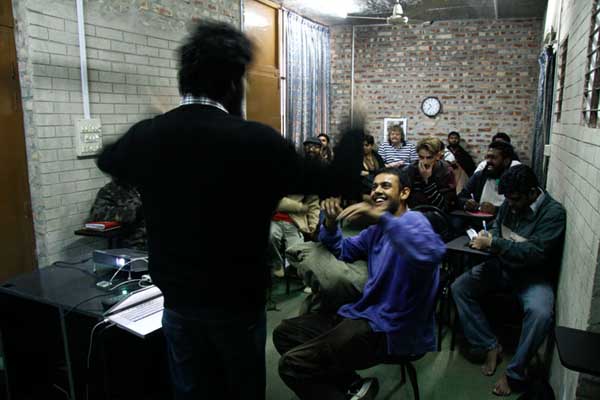
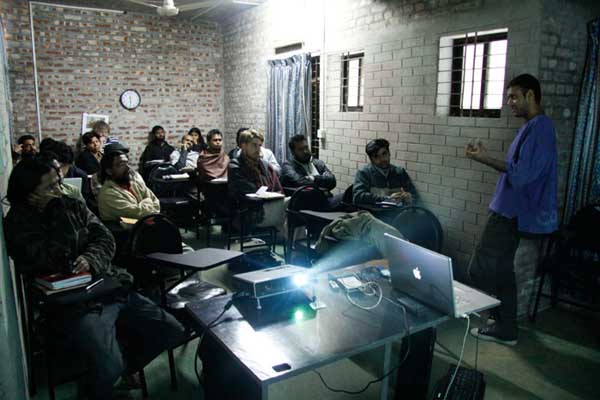
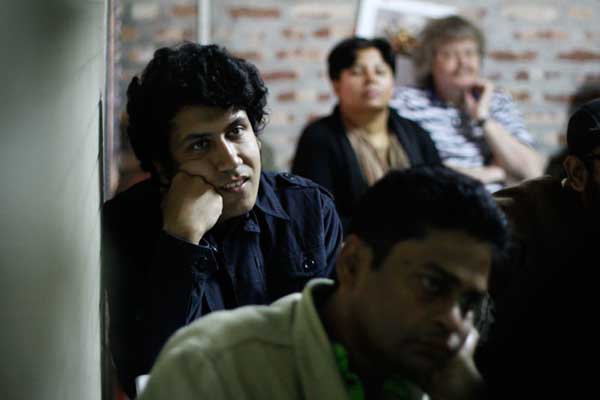
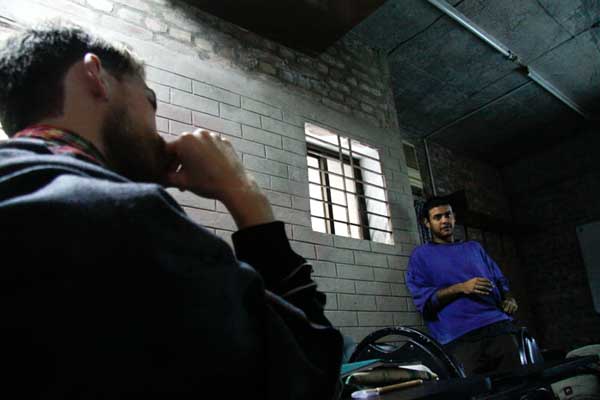

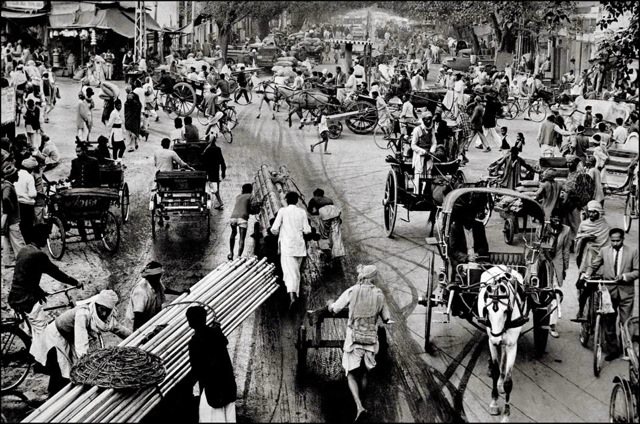


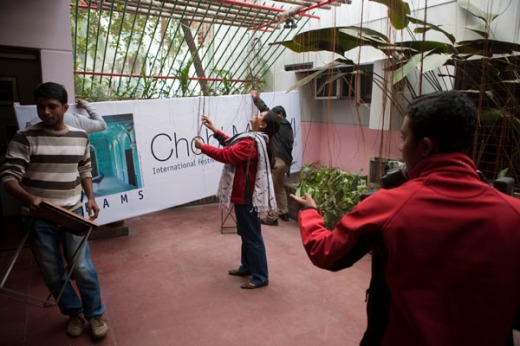

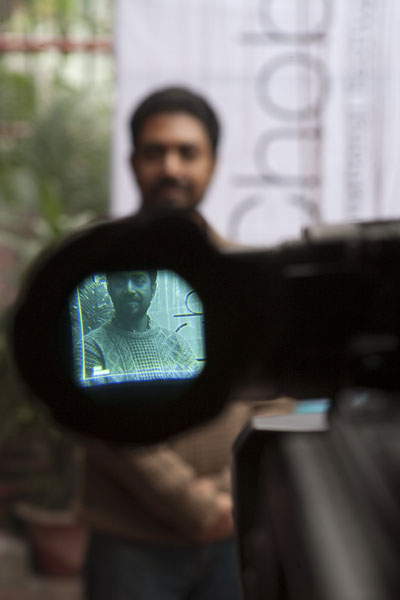
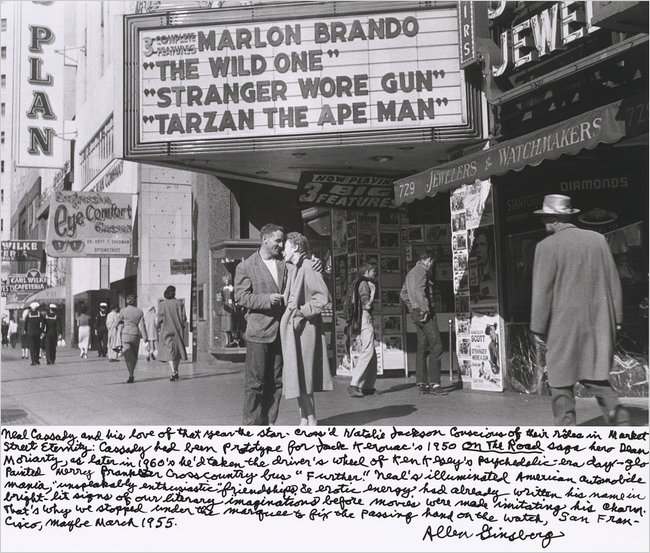
 Slide Show
Slide Show
